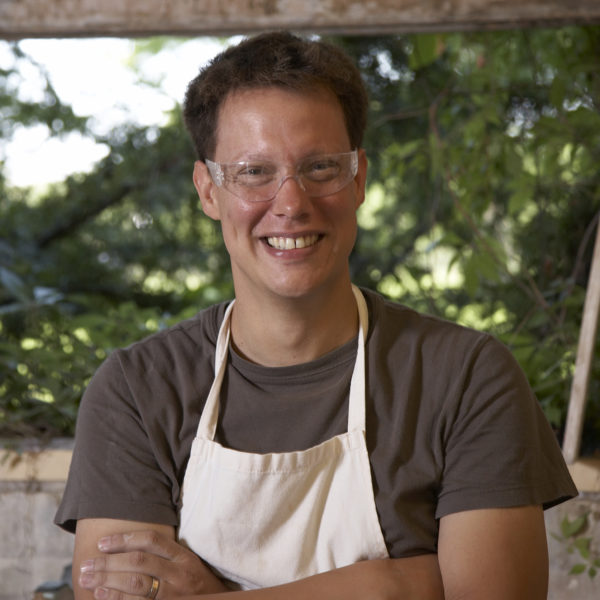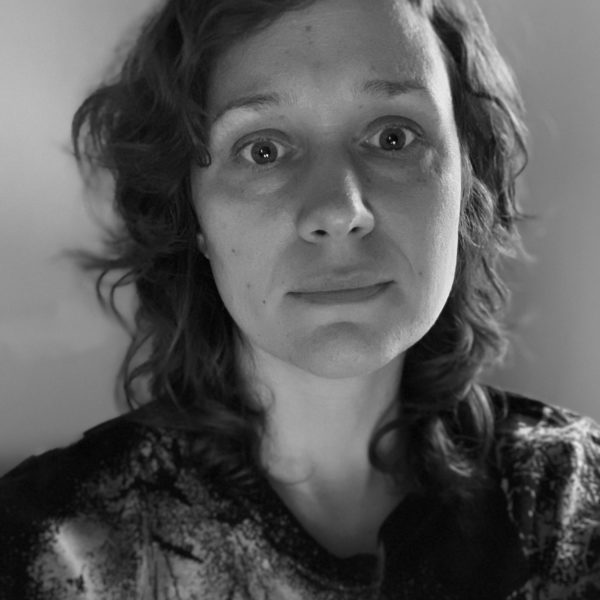In Conversation with Jennifer Kitson, Norwood Viviano, and Kristen Neville Taylor
November 17th, 20226:00 pm - 7:00 pm
Join us for this virtual event by registering below!
Exhibiting artists Kristen Neville Taylor and Norwood Viviano will be accompanied by cultural geography scholar Jennifer Kitson to talk about their respective practices regarding the impact of material arts, the arts in general, and raising awareness of environmental policies. This conversation will be moderated by our 2022 Curator-at-Large, Zeljka Himbele.
About the Speakers-
Jennifer Kitson is an Associate Professor in the Department of Art and the Department of Geography, Planning, & Sustainability at Rowan University. Dr. Kitson is a cultural geographer who studies social and environmental issues through sensory and aesthetic experience. Through creative engagements with space, place, and environments, her research contributes to the geohumanities, a field at the nexus of geography, art, and humanities scholarship. As the 2019 - 2020 Environmental Humanities Scholar for the New Jersey Council for the Humanities she led a statewide project exploring the connections between people, place, and water using public storytelling. Her recent work explores smell as an environmental sense through artistic, humanistic and social/scientific perspectives.
Norwood Viviano investigates histories and transformation of places and landscapes, as well as land use in relation to economic shifts, trade and migrations. While keeping an active dialog with scientists from various fields such as historians, urban planners and climate scientists, the artist is interrogating, towards better understanding, the impact of past and present industries on environmental crises and our future ways of living.
Kristen Neville Taylor is interested in the ways our landscapes are transformed by man-made activities, as well as the local myths and legends developed along the way. Her work for this exhibition examines the blue holes of the New Jersey Pine Barrens. The area known for its wildlife is also recognized for its high-quality sand that has been mined for centuries as an ingredient for many products, such as concrete and glass. The large blue holes in the area, resembling lakes, are not a natural phenomenon- they are in fact man-made sandpits from previous times’ quarries, often containing industrial waste in the bottom, that over time got filled with water.




